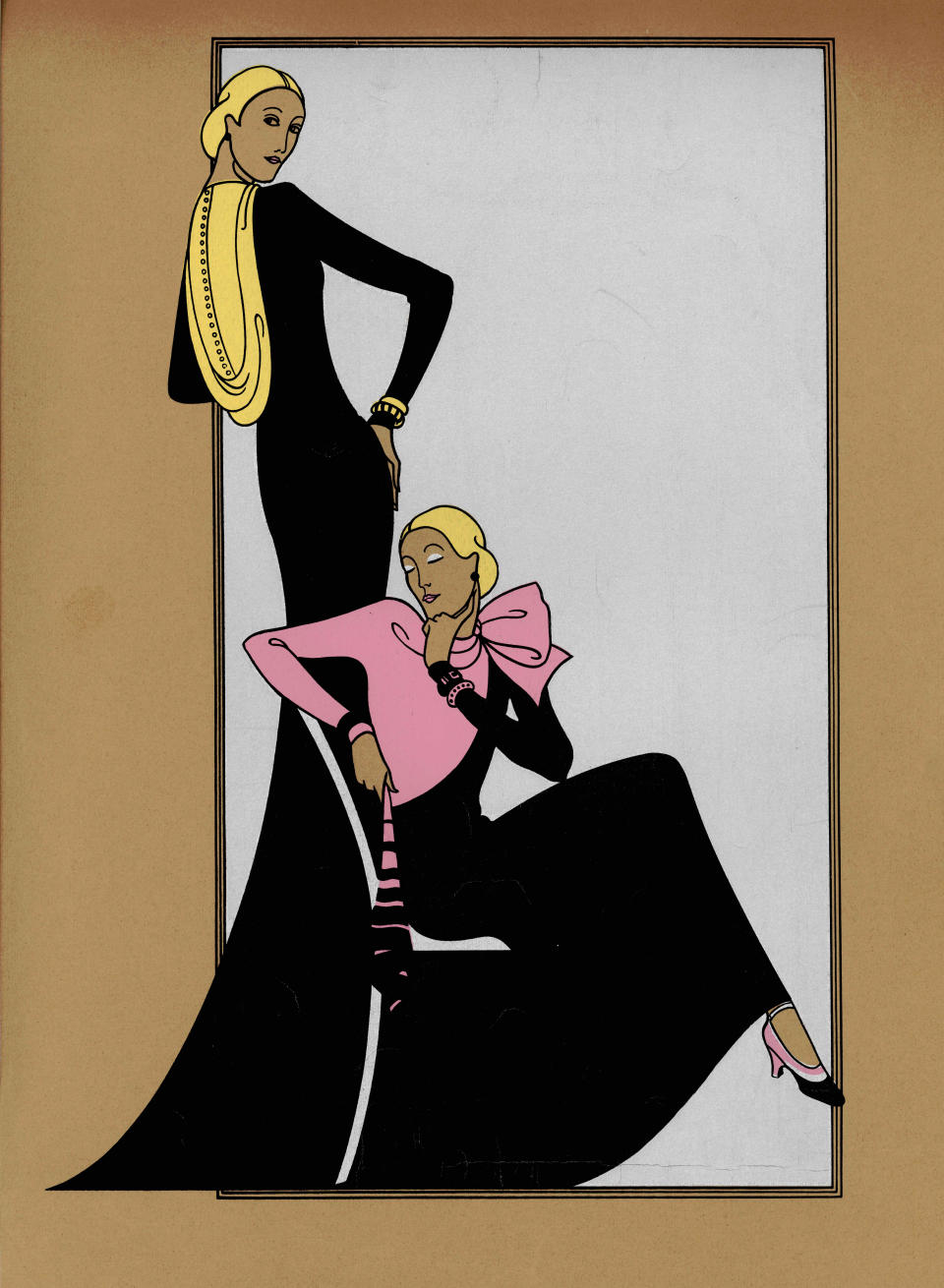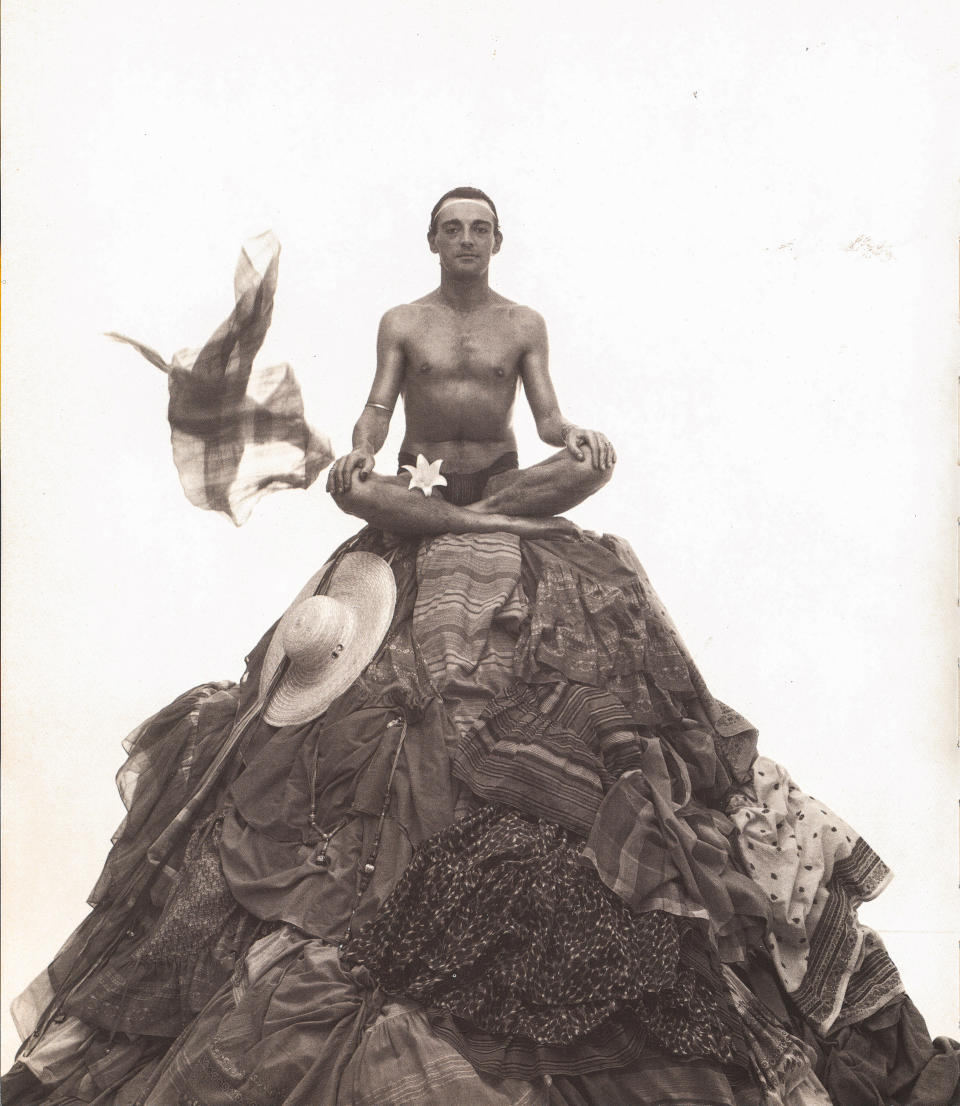Carla Sozzani on Walter Albini, Pioneer of Italy’s Ready-to-wear

MILAN — Carla Sozzani has been instrumental in preserving the legacy of her friend Azzedine Alaïa and now the president of Fondazione Sozzani and founder of concept store 10 Corso Como is set on paying tribute to another friend, the late Walter Albini.
While Alaïa’s career spanned more than six decades, Albini died prematurely, at age 42 in 1983. He was immensely directional in the ‘60s and ‘70s and is considered a pioneer of ready-to-wear, but his name is not immediately recognizable by the proverbial man-in-the-street.
More from WWD
Next Stop for Gucci Cosmos, London's Show Schedule, Barbie Gets a Fragrance
Vintage Expert Byronesque Refines Site, Works Closer With Brands on Resale, Archives
Not so for those in the know, who still consider his designs at the forefront of fashion, daring and innovative.
Just as Sozzani was starting to prepare an exhibition dedicated to Albini, which is expected to be held in May at Prato’s Museo del Tessuto, where her foundation last year staged the first exhibit dedicated to Ossie Clark and Celia Birtwell — Bidayat revealed it had acquired the intellectual property and substantial part of the archives of Albini, planning to revive the brand. Bidayat is controlled by Alsara Investment Group, founded by Rachid Mohamed Rachid.
Successfully breathing new life into a storied brand may take years — Schiaparelli is one example, since Daniel Roseberry’s arrival in 2019, or, famously, Balenciaga under Kering — but this has not always been the case, as Poiret’s revival, for example, has been going through some growing pains.
Sozzani believes that in the case of Albini, there is “a world to discover and people are increasingly interested in heritage, in understanding history. There must be value in the purchase, beyond the quality of the product and this comes from history and heritage.”
While fashion exhibitions are not a novelty, Sozzani contended they have become “even more important,” and in prized and prestigious institutions to boot, such as the Victoria and Albert Museum or the Metropolitan Museum of Art. Gucci is just one example of a brand staging several exhibits leveraging its archives and dedicated to its history, for example at its Garden venue in Florence, or with the itinerant Gucci Cosmos initiative.
“There’s a new generation that is interested and curious about the past,” said Sozzani. “Albini embodies the roots of Italian fashion, and his designs remain an outstanding patrimony. It’s expensive to launch a new brand and it’s expensive if you revive a brand, but in Albini’s case the legacy of Italy’s history of fashion can be leveraged.”
Addressing the rumor that, serendipitously, former Gucci creative director Alessandro Michele may be headed to design Walter Albini, Sozzani without a doubt said “there is nobody better suited than Alessandro Michele for this job.”
Although she could not confirm the speculation, she said “what interested Walter interests Alessandro,” claiming the latter’s “aesthetic sense, the depth of topics and inspirations and his culture,” are not dissimilar to the former’s. Albini was even, she pointed out, the first to propose genderless designs, which Michele embraced from his first collection for Gucci in January 2015 after former creative director Frida Giannini’s exit.
“Walter’s life was brief, but he covered so much: couture, menswear, womenswear, home, culture, art and even astrology, and invented the concept of the total look,” she added, recalling how he was in tune with the world around him. So much so that he designed a men’s and women’s collection in 1975, “Guerriglia Urbana,” influenced by the social revolution that was gripping Milan at the time. That said, he admired Coco Chanel, and the ‘20s and ’30s style, Art Deco and Liberty objects, Marlene Dietrich and a young Katharine Hepburn.

“He was so handsome, intelligent and fun,” Sozzani said of Albini, who was dubbed the Mediterranean Gatsby.
When Sozzani first saw Albini’s designs, she admitted she “was left speechless. He was very modern in deconstructing the jacket to seek comfort, in the use of knitwear, and he had a very precise aesthetic. His drawings were so detailed and meticulous, down to every single detail, whether a bracelet or a ring, and he would create the garments exactly as he drew them.”
In fact, a book by Sozzani in 1990 was dedicated to Albini’s sketches and illustrations, and she staged a show at her foundation on “Il Disegno di Moda [the fashion drawing]” in October of that year.
Albini worked for Krizia, where he met Karl Lagerfeld, who also collaborated with the brand’s founder Mariuccia Mandelli. Lagerfeld in 1988 in the book “Walter Albini, lo stile nella moda,” praised Albini’s “splendid, perfect, impeccable drawings,” and attributed the international dimension of Italian fashion to the designer. “He has been surpassed by others with more financial skills, but few can say to have his talent,” stated Lagerfeld.
To be sure, Albini left an indelible mark on the industry but was not supported by an organizational or commercial structure, while working on several collections at the same time.
In 1970, he presented three collections, Cameo Trench, Antique Market and Anagrafe, at Palazzo Pitti in Florence.
A year later, he was in charge of design for brands Basile, Callaghan, Escargots, Misterfox and Trell and unveiled all of them as one collection in Milan at the Circolo del Giardino, decamping from Florence, hence his influence on the birth of Milan as a fashion hub. In 1972, WWD described him as “The new Italian star.”
He was also one of the first designers to hold itinerant shows, staging one in 1973 at Caffè Florian in Venice — with six brides opening and not closing the event.
In 1975, he showed his first couture collection in Rome.
As reported, Shahzad Akhtar has been named group chief executive officer of Alsara Strategic Investments, which controls Bidayat. This is a new position at the company, and points to an increased focus on brand building and merger and acquisition activities.
Alsara Strategic Investments includes the brands Akoni, which produces eyewear for Valentino and Balmain; cool Italian label Khrisjoy; design venture Fromm; jewelry brand Azza Fahmy; Egypt-based handbags label Okhtein, and Flyroom.
Rachid is also the chairman of Valentino and CEO of the brand’s parent company Mayhoola, which also owns Balmain and Italian menswear brand Pal Zileri.

Best of WWD


